August 10-16, 2025
A Dr Jekyll and Mr Hyde kind of week
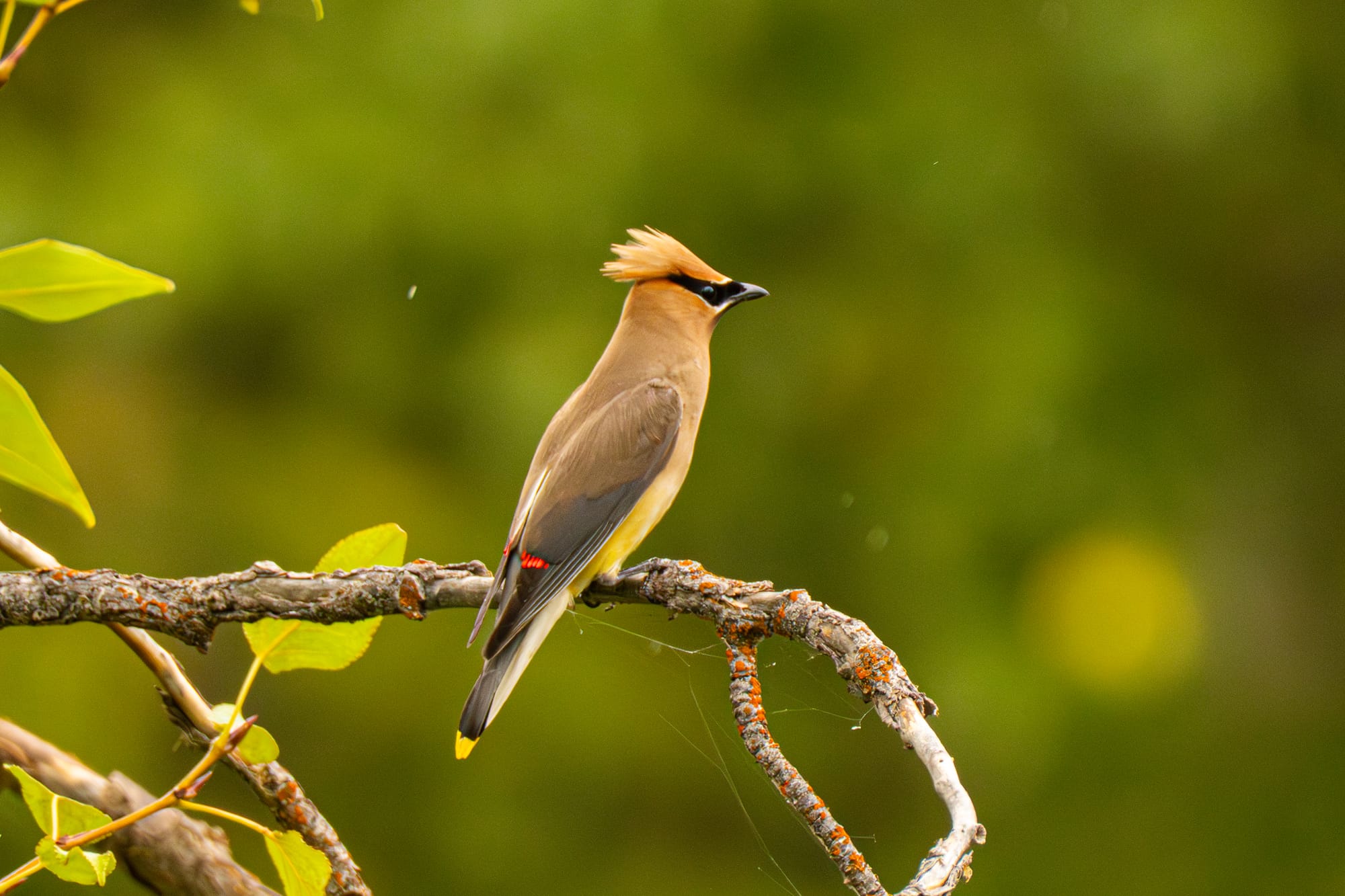
Another "it's been that kind of summer" week, with temperatures hovering near 100 degrees for half the week and cloudy, rainy days the other half of the week.
Week in Review
Despite bouts of scattered rain, the land remains dry and brittle. Walking around on a moody day with low-lying clouds and light rain, the only sounds were dried grasses and leaves rattling in the wind, and everything felt a bit lifeless.
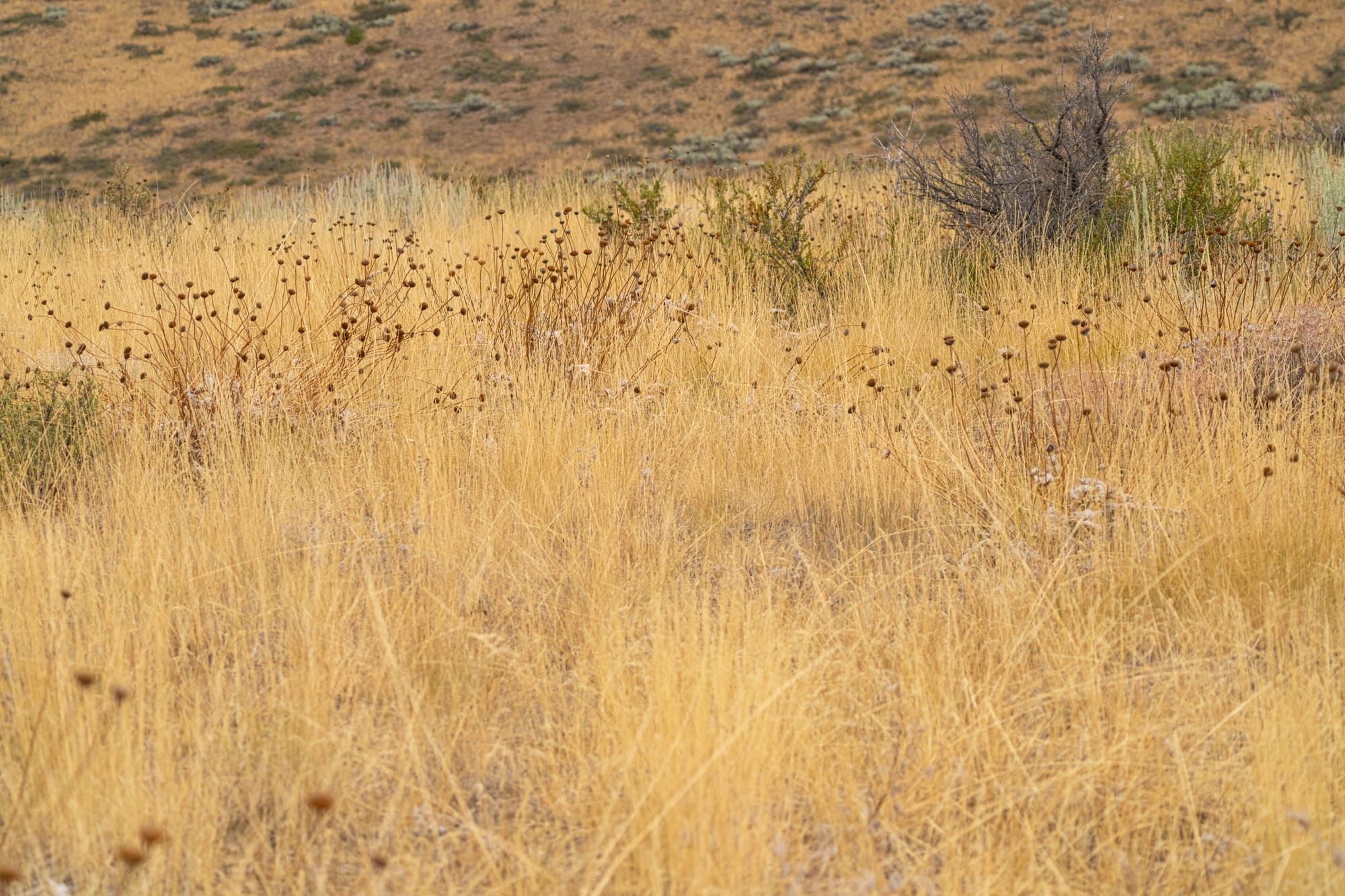
However, amid these somber signs of late summer there are sparkles of life and energy, including the bustle of migrating birds. Some of the birds I've been noticing are large groups of lark sparrows moving through shrub steppe habitats. I can't recall ever seeing more than a few lark sparrows at a time, so this has been a delightful surprise.
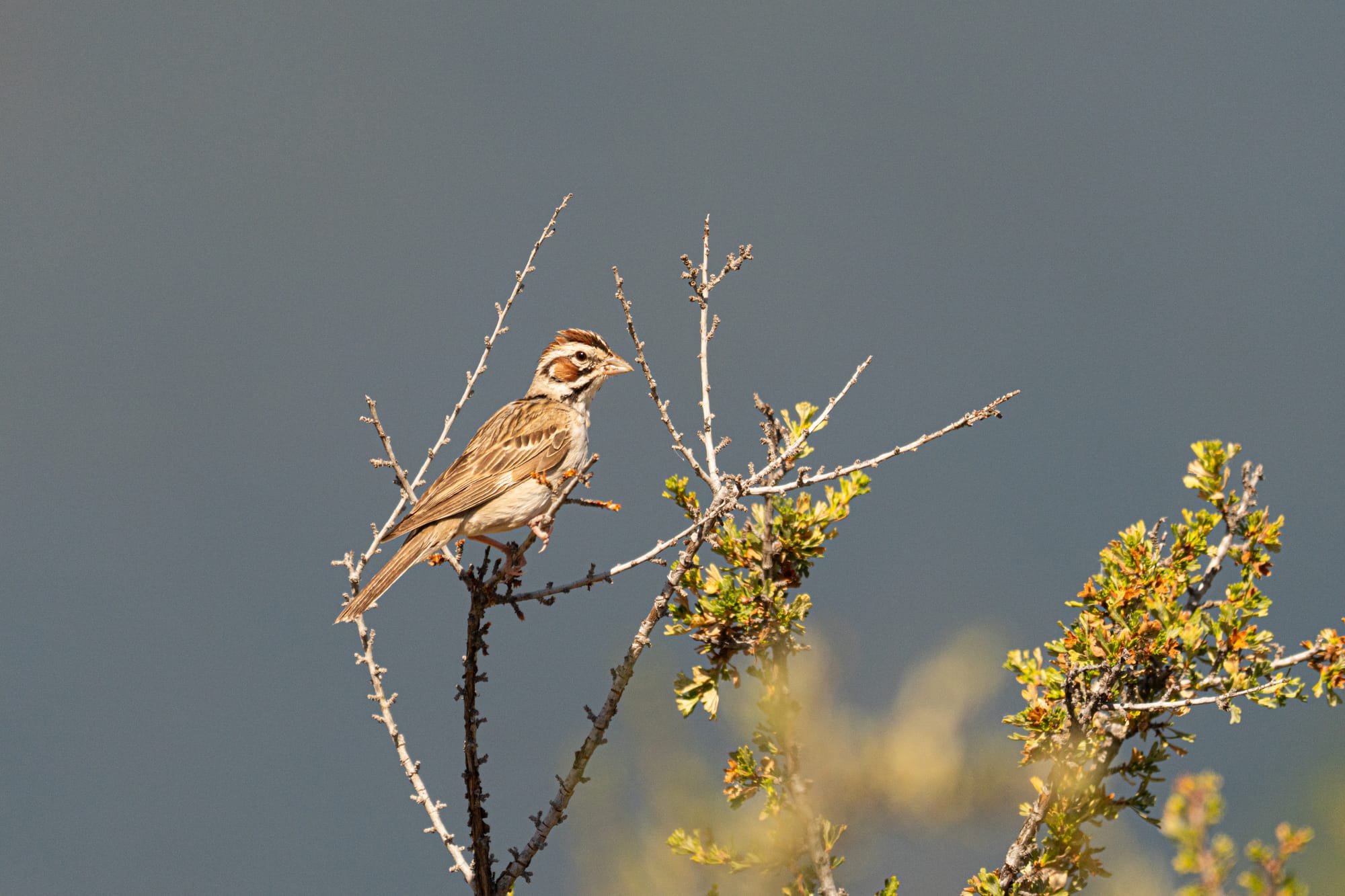
Alongside the sparrows, I've also noticed an uptick of Say's phoebes, and I'm guessing this is a migratory movement because phoebes rely on a steady diet of insects, and they head south as insect numbers decline at summer's end.
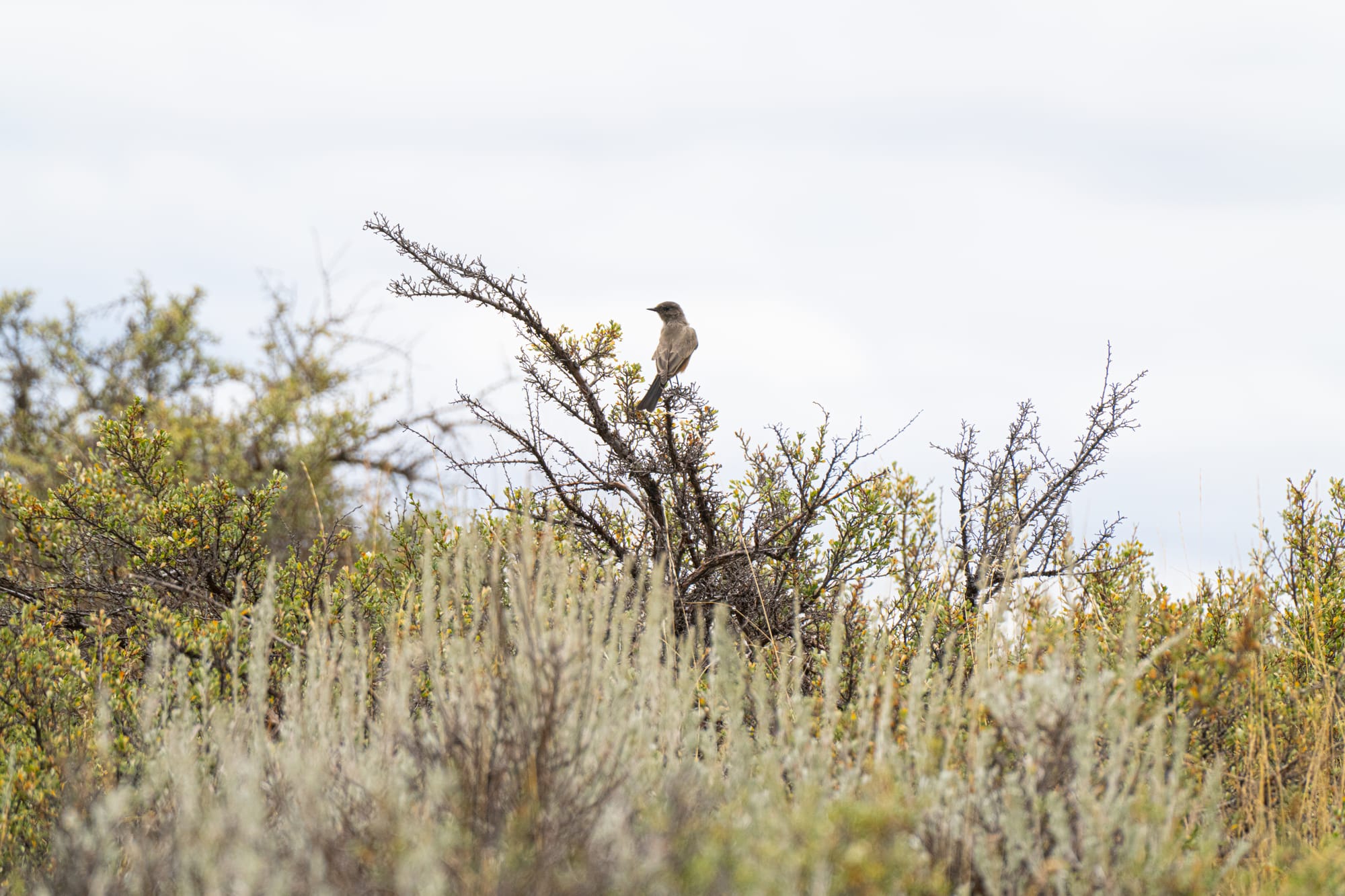
While the number of migrating hawks will peak in late September, their numbers begin to increase in August as juvenile birds and early migrants fill the skies alongside resident pairs of hawks. This is an especially critical time for juveniles because they're on their own for the first time while also struggling to master their hunting skills.
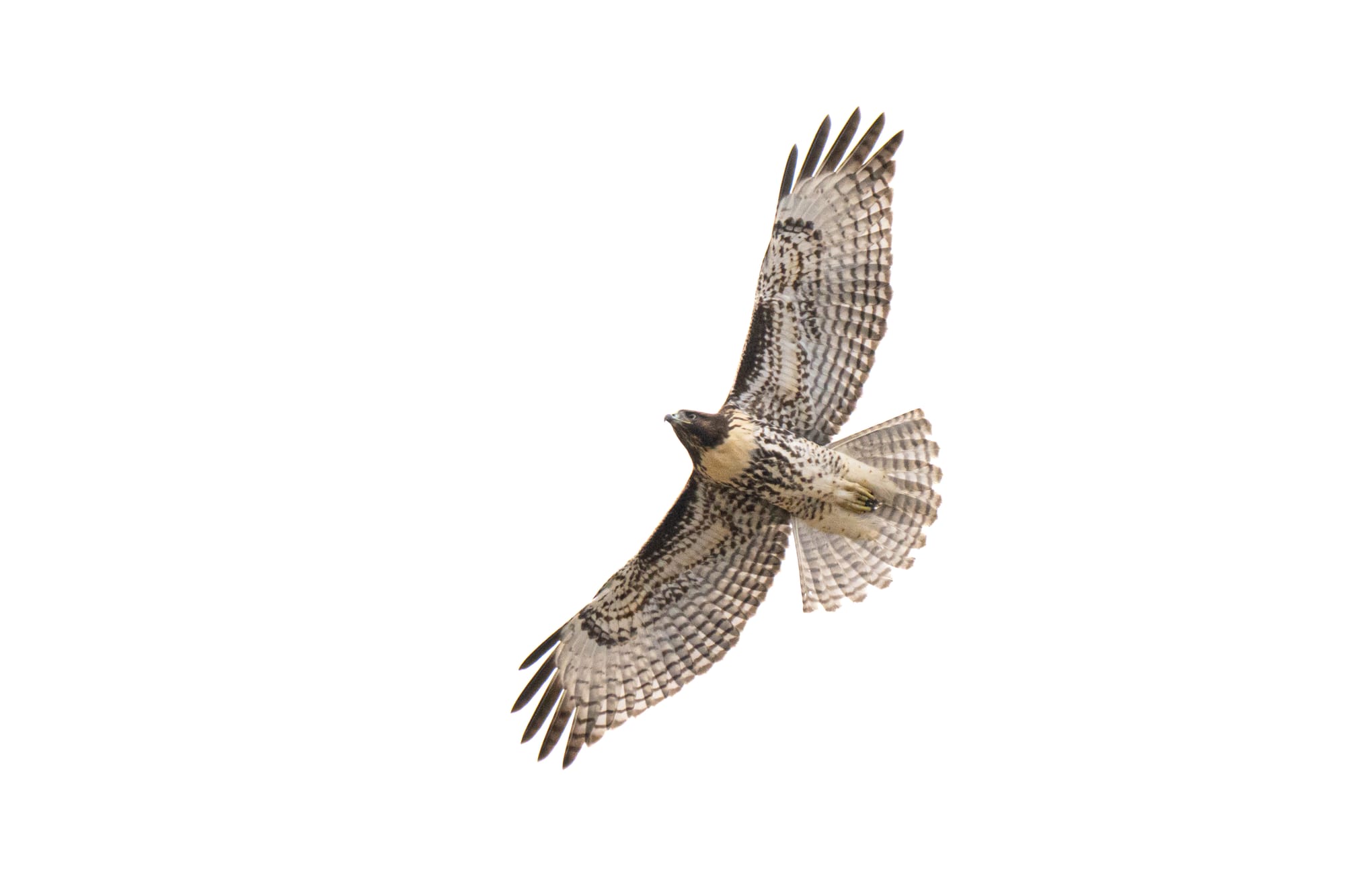
August is also a prime time to see spiders because females have reached their full size and males are actively wandering in search of mating opportunities. I haven't noticed this yet, but if you start finding spiders in your house, you don't need to freak out because you're not being invaded. These are simply lovesick males trying to find a mate, and they'd appreciate being gently moved outside.
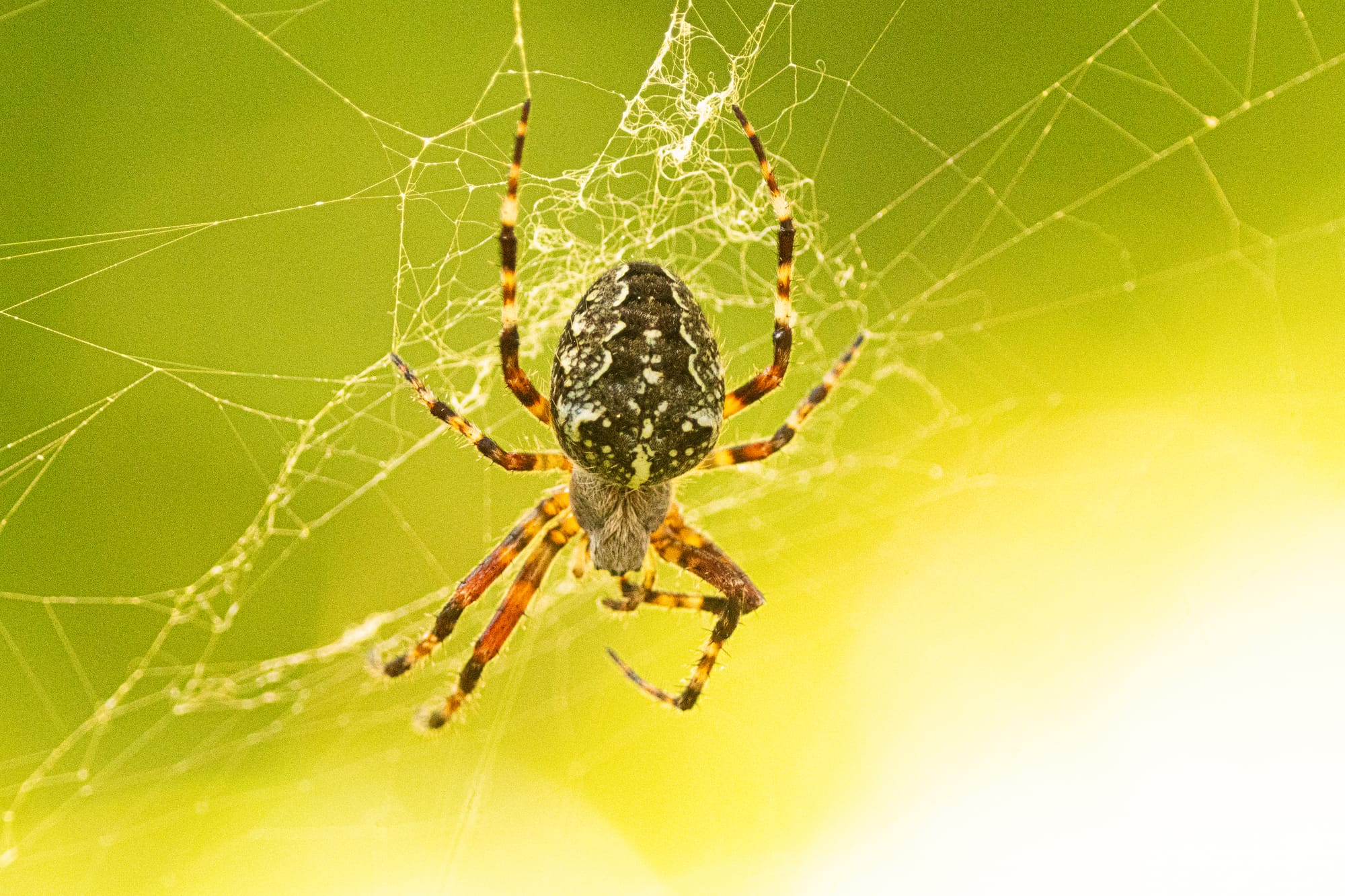
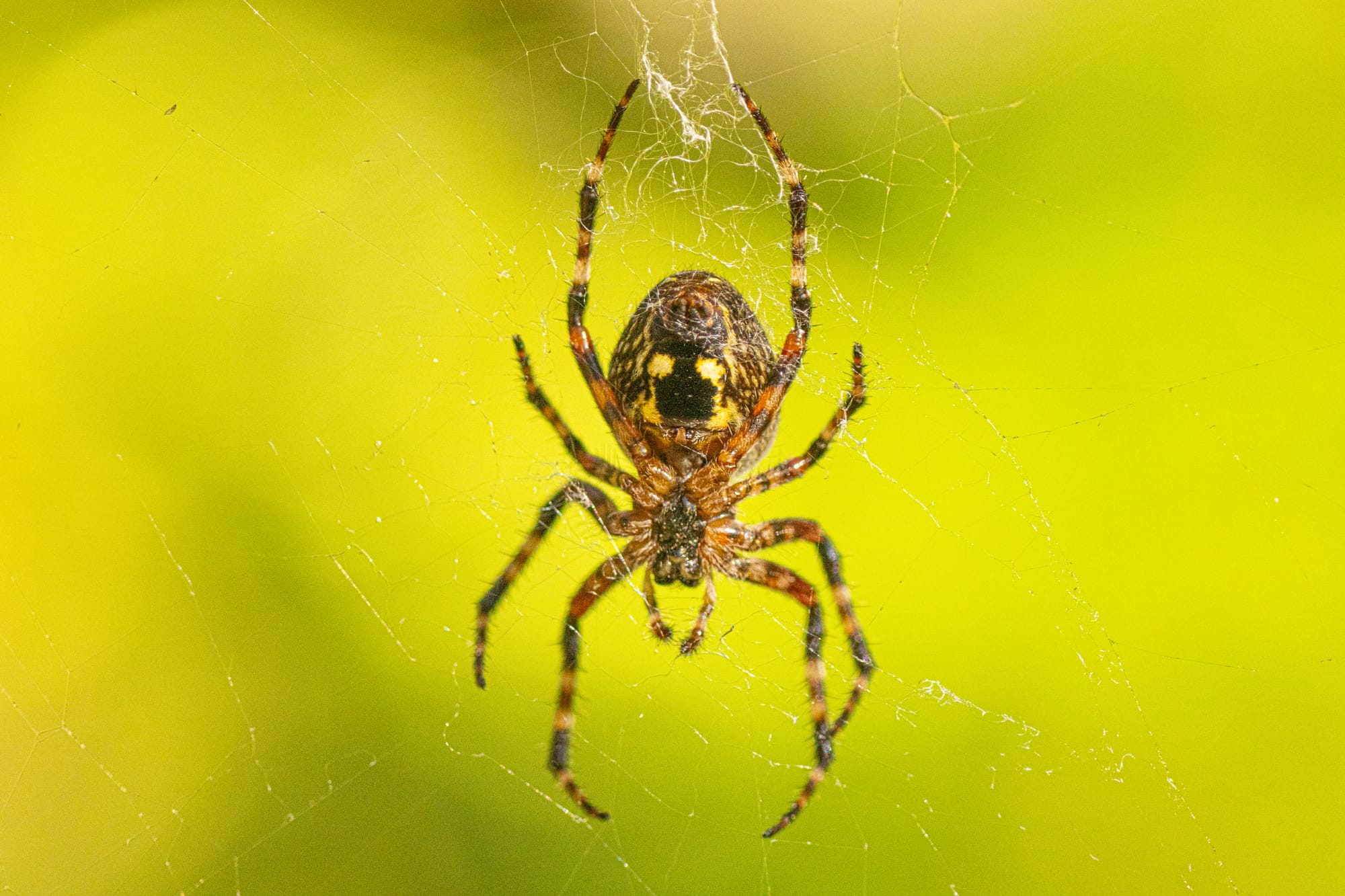
Female orb weaver spiders are especially conspicuous because they are large and sit in the middle of prominent webs. Photos by David Lukas
I was also startled to notice large orangish "butterflies" flitting among the bitterbrush this week. At first I thought they might be monarch butterflies, but then I spotted one resting on a buckwheat and realized they were Nuttall's sheep moths. The larvae of these large, diurnal moths feed almost exclusively on bitterbrush, and rapidly flying males will course back and forth over bitterbrush in search of females who call to them by emitting sex pheromones that are a combination of E10,Z12-hexadeca-10,12-dien-1-yl acetate (E10,Z12–16:Ac) and E10, E12-hexadeca-10,12-dien-1-yl acetate (E10,E12–16:Ac).
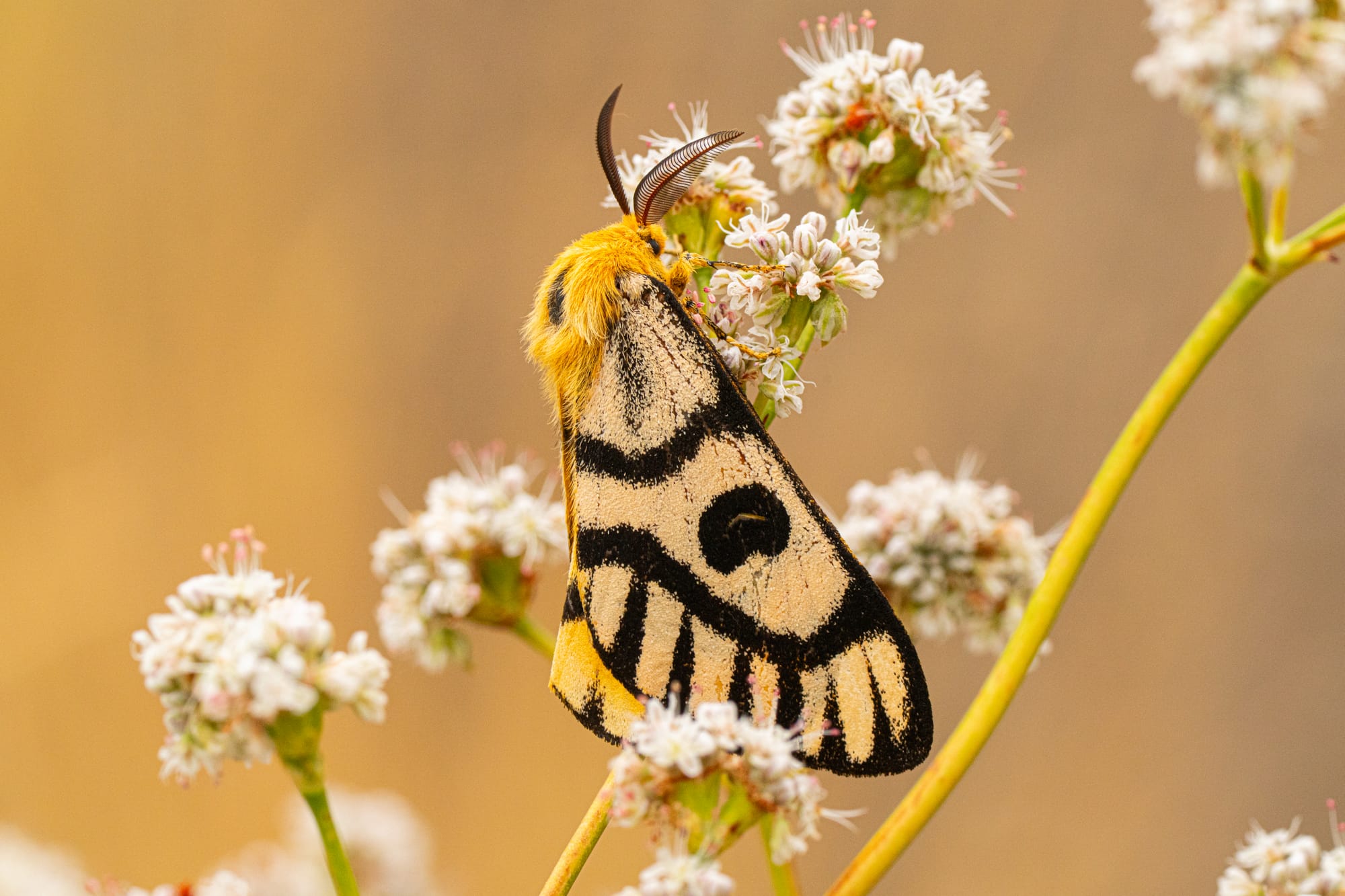
This highly specific breakdown of a moth pheromone reminds me that you can learn a lot about the natural world when you drill down into the details. For example, we tend to lump all grasshoppers together but it's possible to identify them to species if you examine them closely. I tried this for the first time ever on a newly-dead grasshopper this week and was thrilled to identify it as a migratory grasshopper (Melanopus sanguinipes) based on highly specific details. I want to share these with you because it's fascinating that you can identify a grasshopper like this.
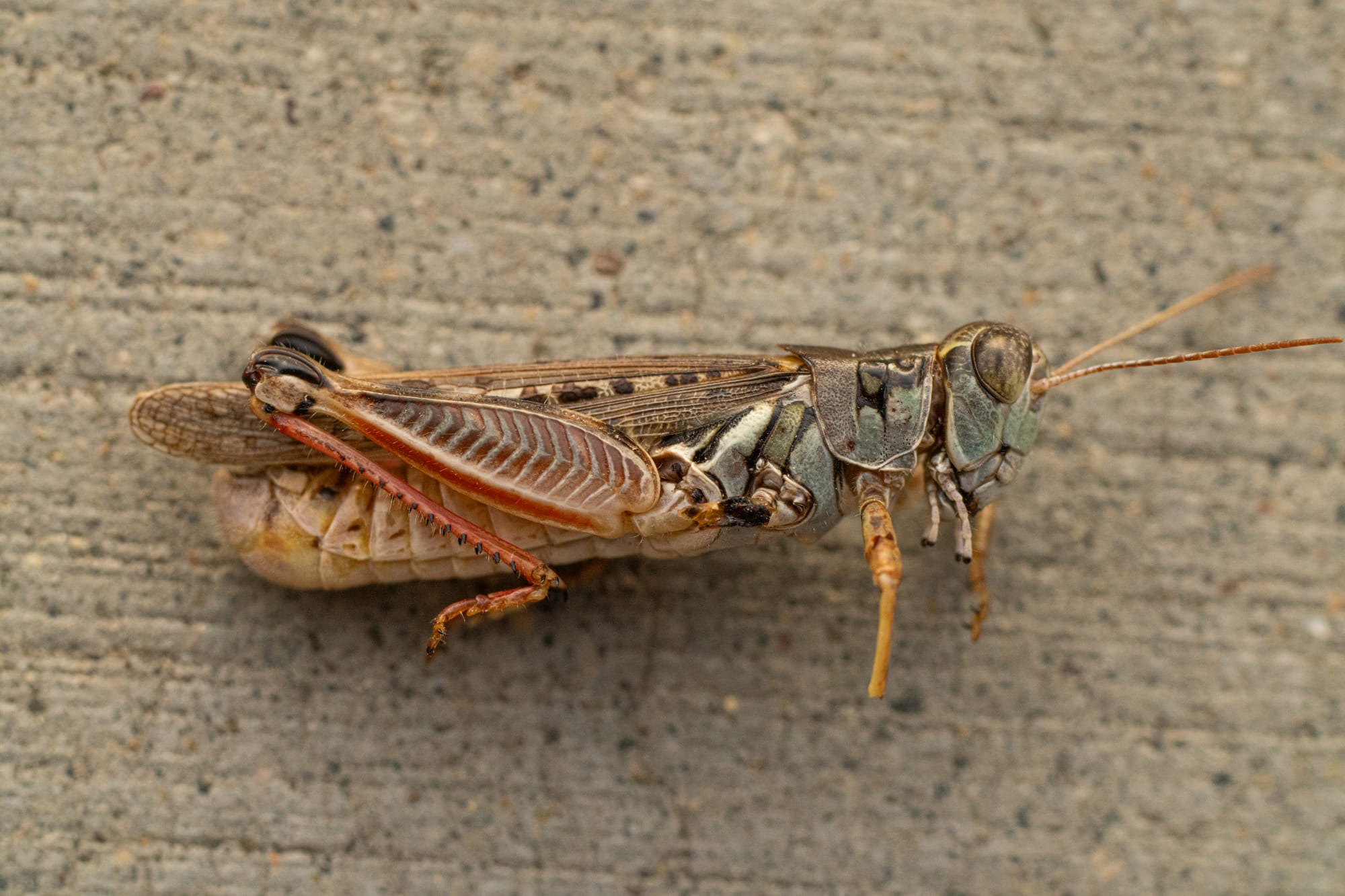
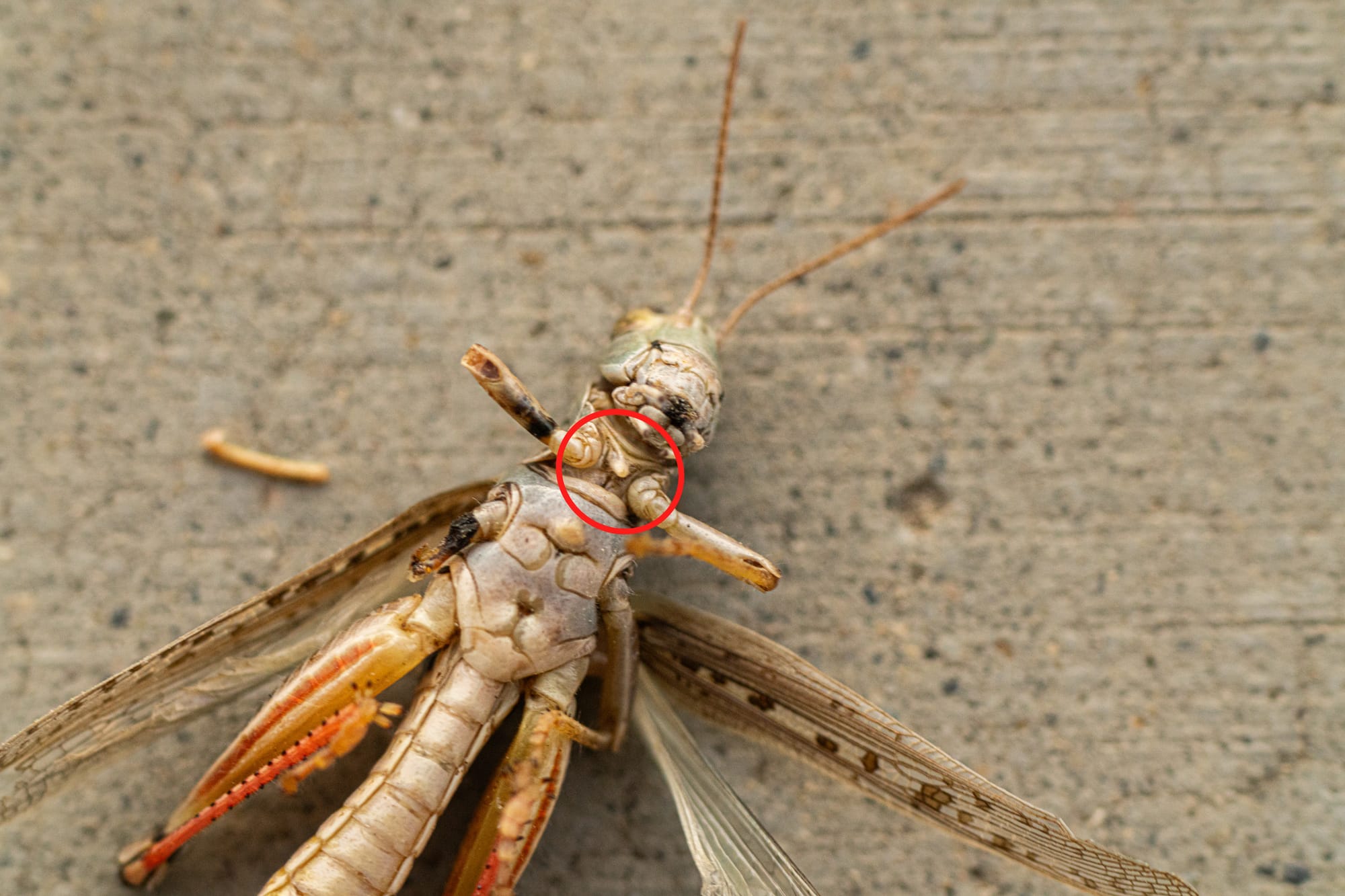
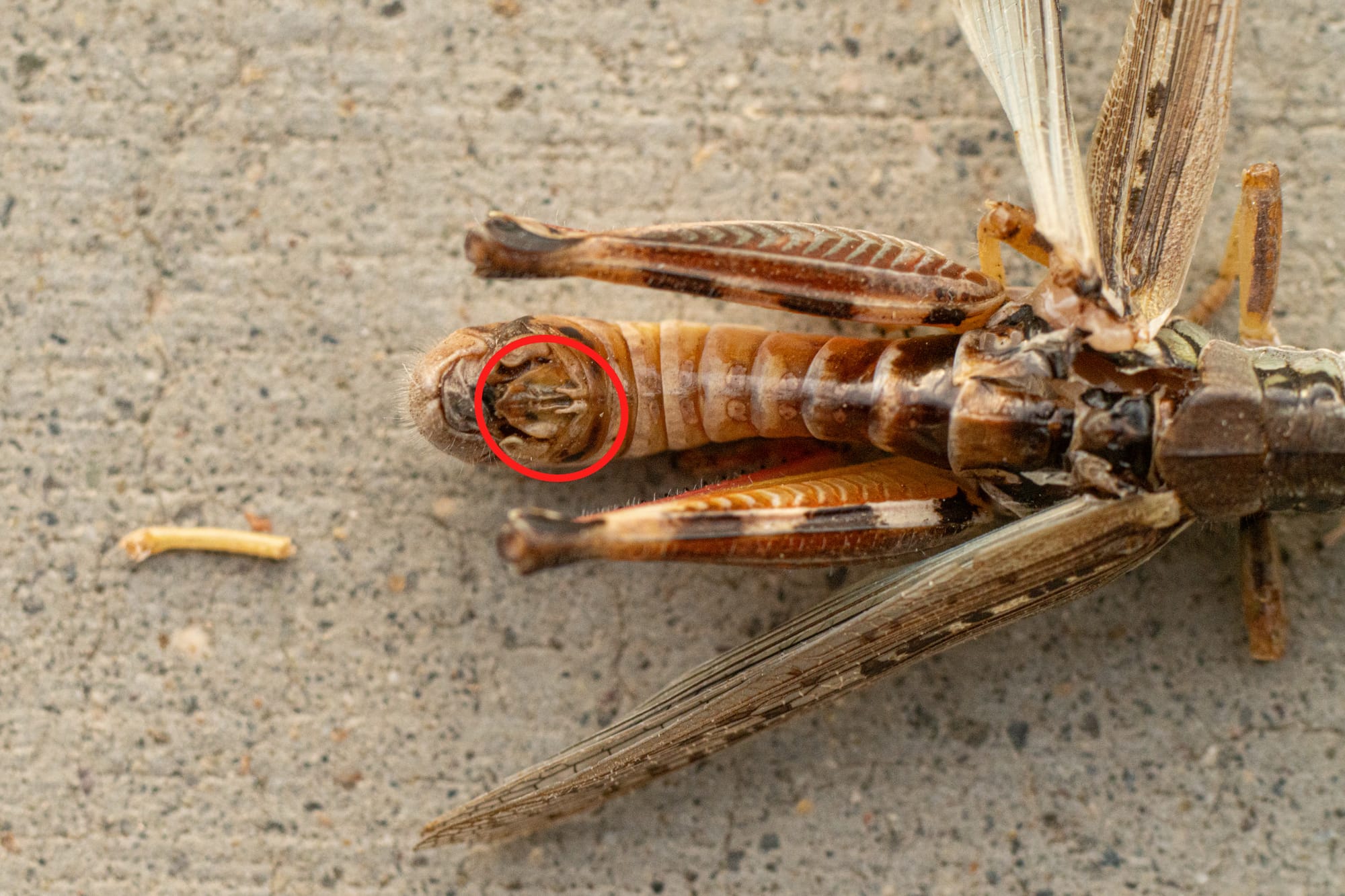
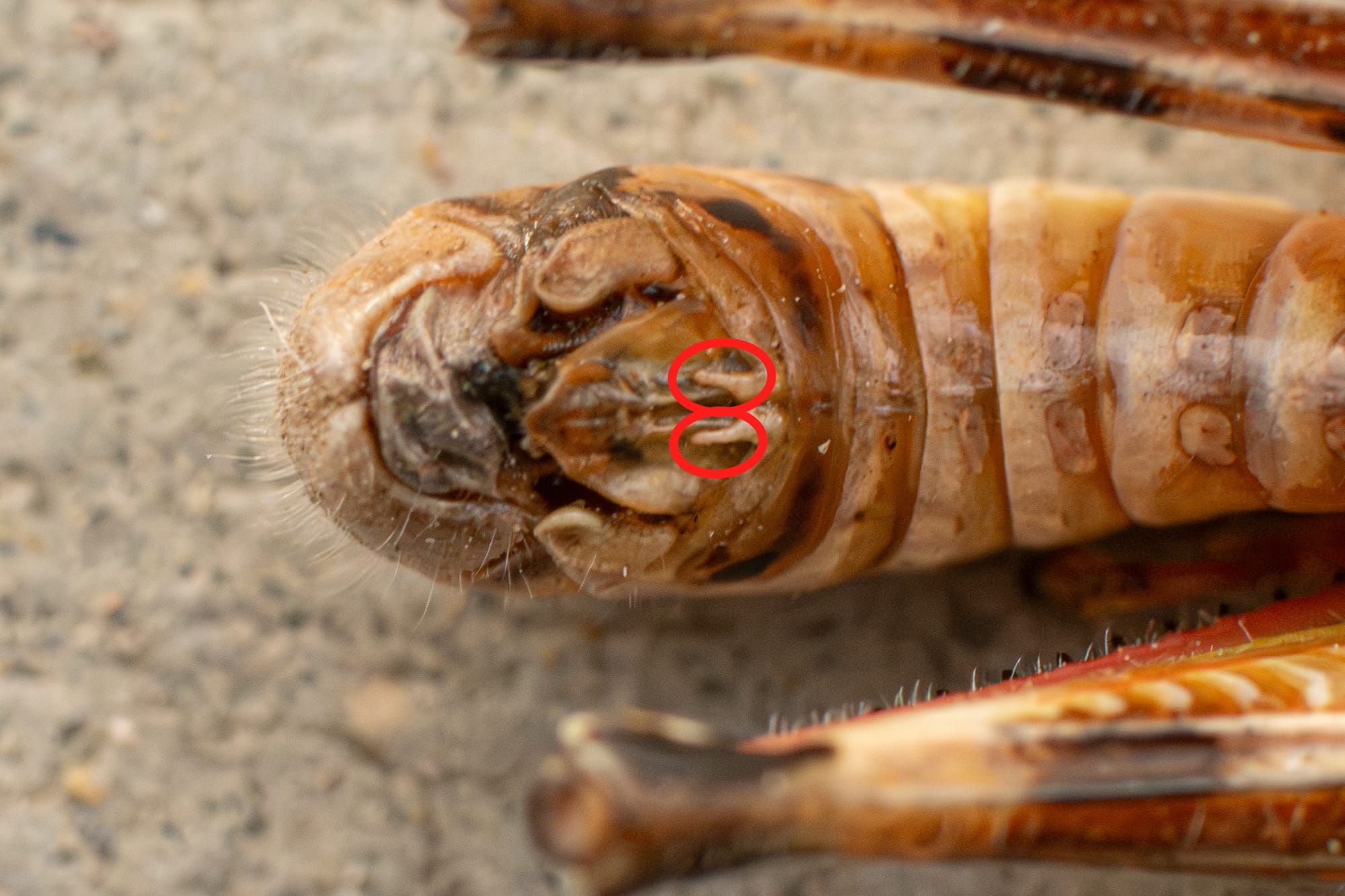
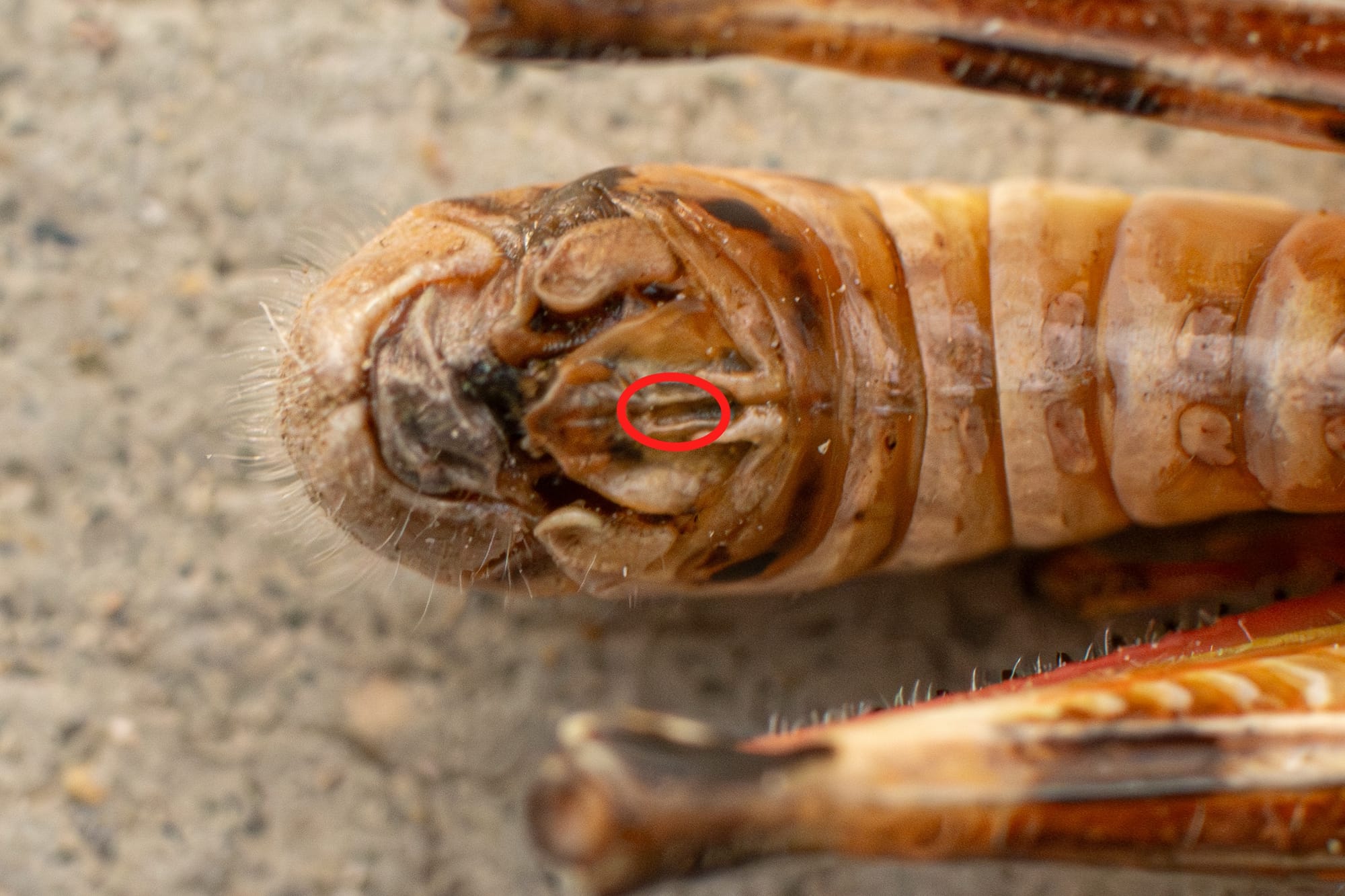
Paying attention to details is part of what it means to be a naturalist!
Observation of the Week: Common Nighthawks
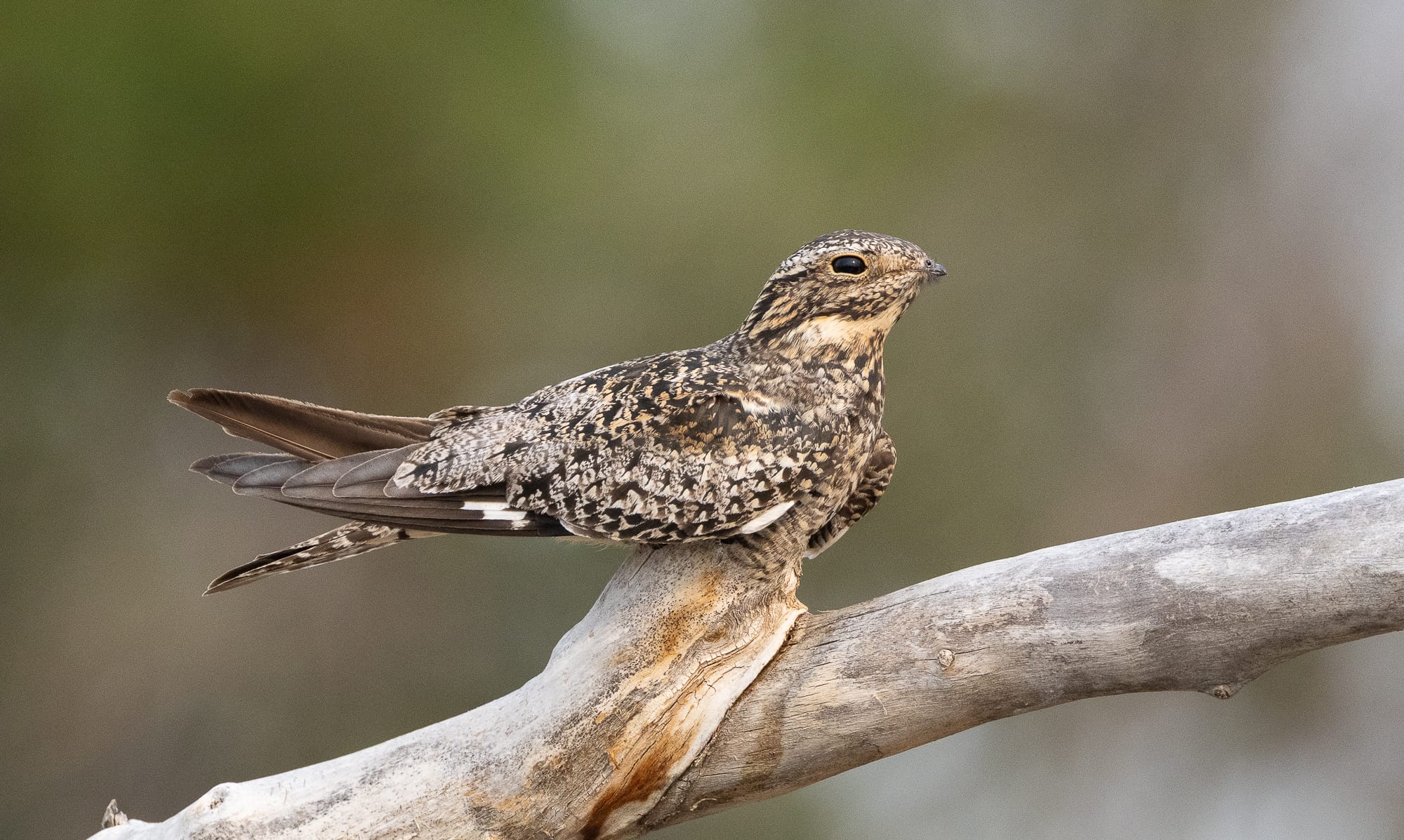
I want to highlight common nighthawks this week because Peter Bauer shared some extraordinary photographs of these remarkable birds. Every summer we see common nighthawks flitting back and forth high overhead, but it is incredibly rare to see them close up or sitting on a perch as Peter did on a recent trip to Idaho.
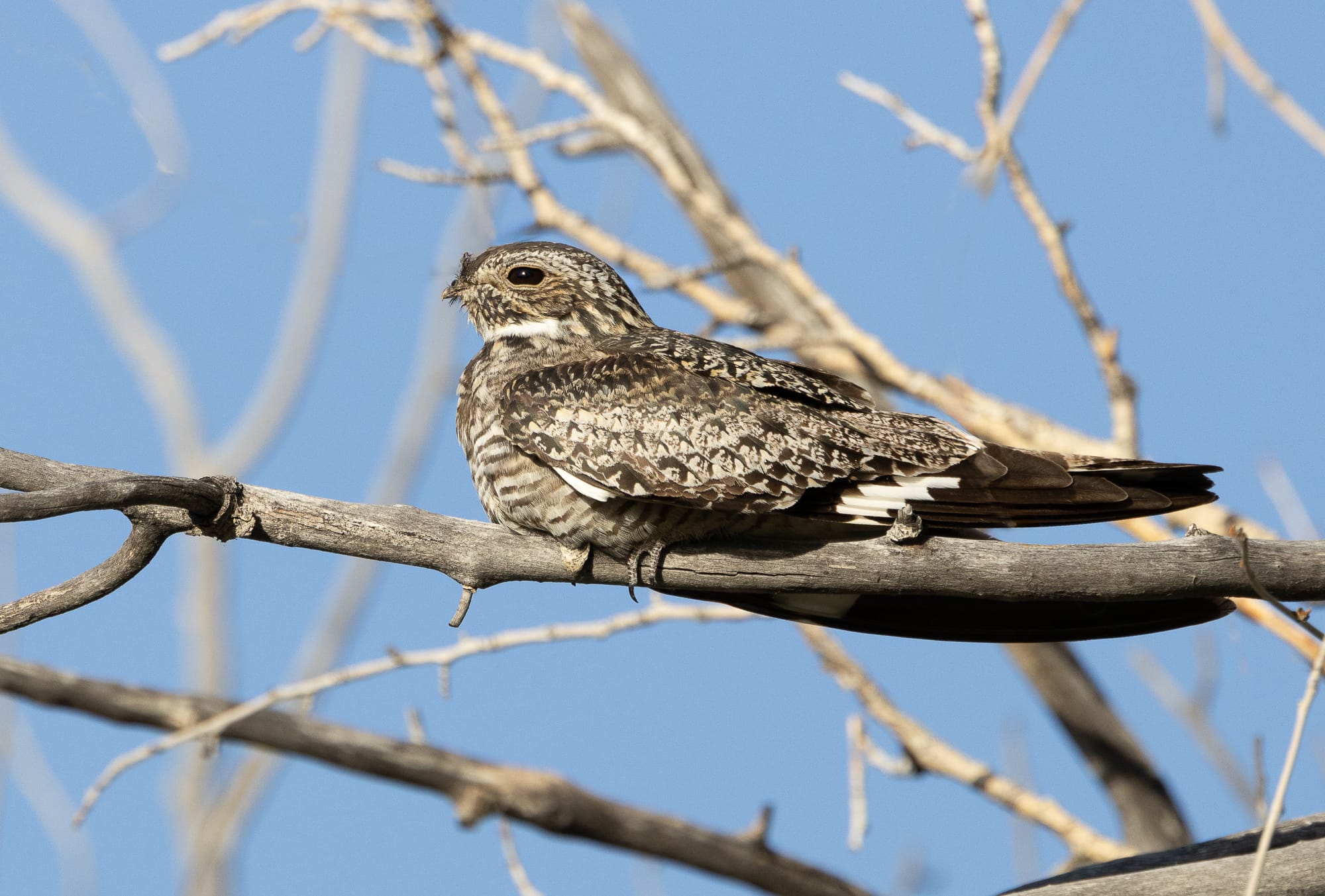
Nighthawks are the last migrating birds to arrive in the spring and the first to leave in the fall. Last weekend I noticed as many as 13 at a time flying around and I wondered if they were leaving the valley, but then I spotted another one yesterday (August 15). Over the next couple weeks let's keep our eyes open to see if these were the last ones of the year.
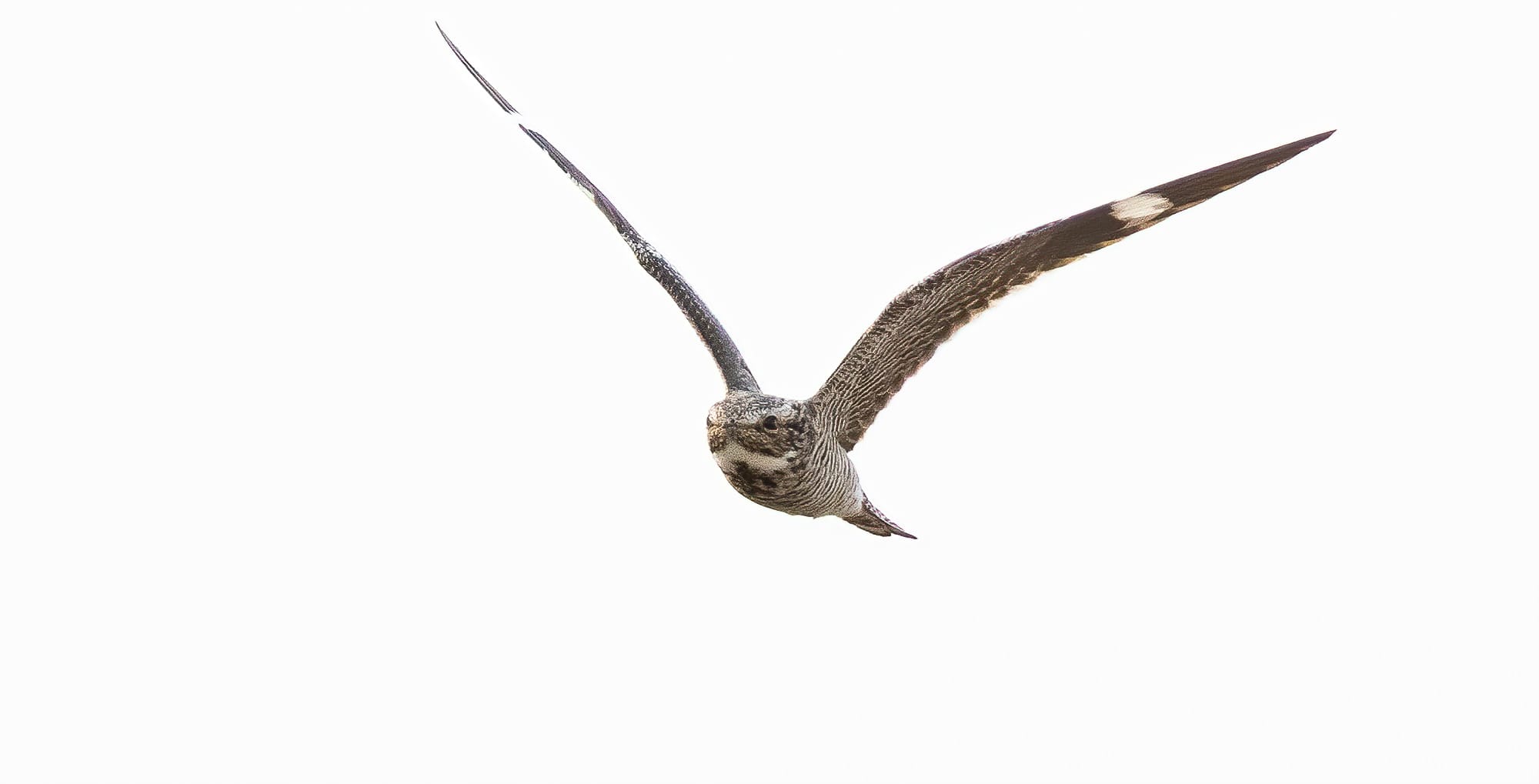
Nighthawks specialize on catching high-flying insects in the dim light of dawn and dusk. They stop hunting at night, and they are seldom active in the daytime when they spend their time roosting on the ground, branches, or fences.
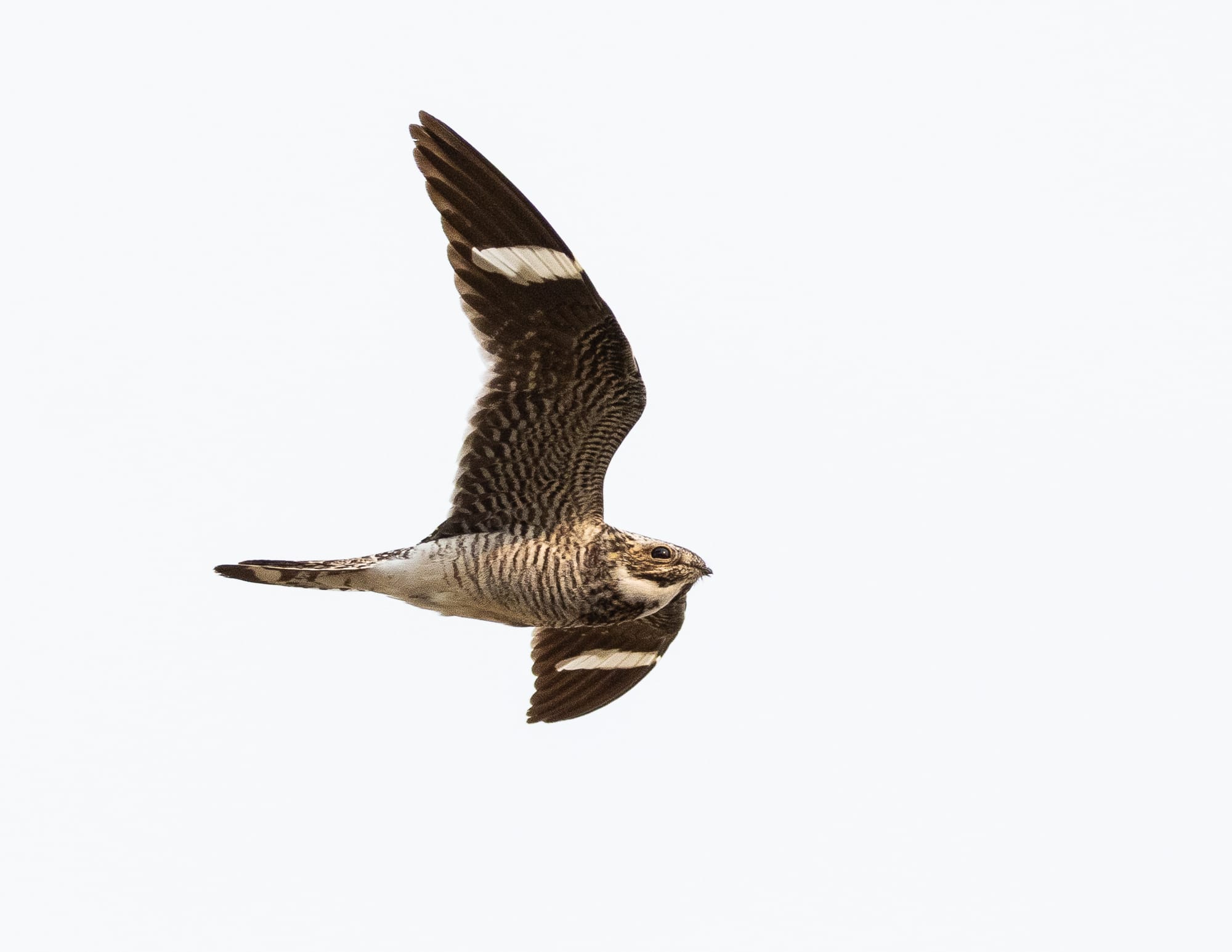
Nighthawks generally fly alone, but may appear in big groups when there's a large gathering of insects or when they're getting ready to migrate. They need a constant supply of abundant insects so that's probably why they're only in the valley during the peak of summer and leave so early.

